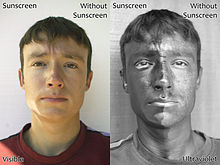Rocket Soul
Well-known member
No, we didnt. Im not even sure if its thc or terps but it was clearly better, hands down.Just curious, do you ever do double blind, a/b tests?
I stop playing around with light manipulation after my Lumigrow 325 but have always been intrigued with additional UV lighting. Just never thought it would really add enough "bottom line" THC to be worth the effort, at least for me. I already grow more than I can consume.
I respect your knowledge of lighting.
Theres not very much info on that light but par maps look a bit poor compared to more modern lights. If i understand correct its a blurple + white? Doesnt seem to really be any uv there. Just playing with standard blue will only get you so far.



